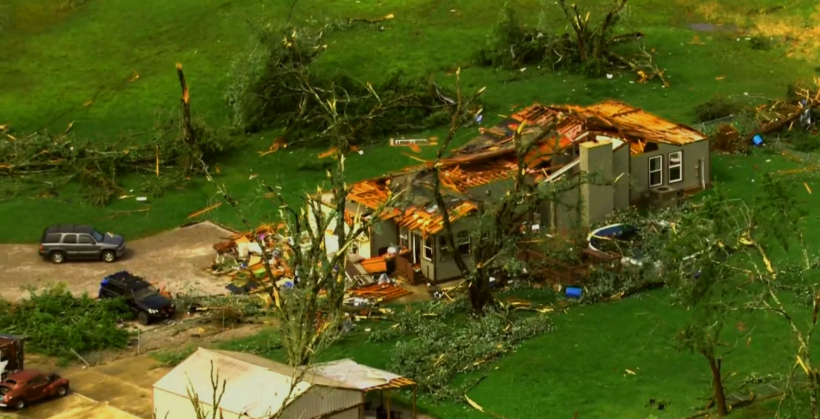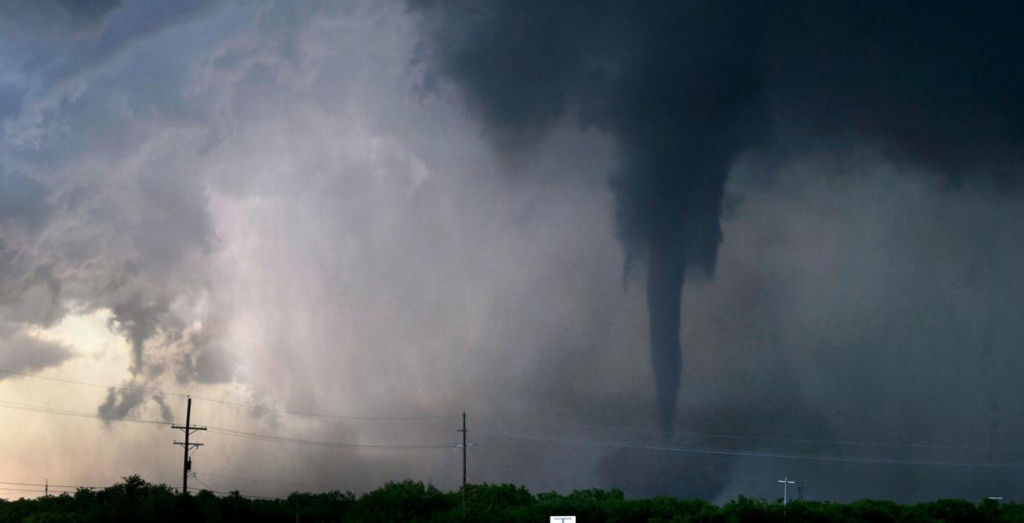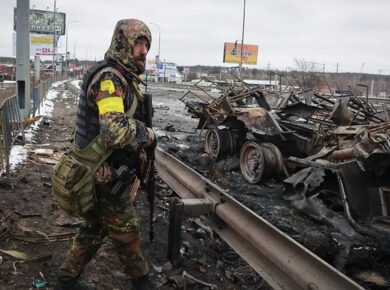Deadly Tornadoes and Storms Slam South and Midwest Sunday
Storms Turn Deadly Across the South and Midwest
On Sunday, March 30, 2025, a series of powerful thunderstorms and thunderstorms tore through parts of the South and Midwest, leaving a devastating path of destruction. Homes were leveled, lives were lost, and communities were left shaken. If you live in a region hit by severe weather, you know how frightening a tornado warning can be. But for many, Sunday’s storms were far worse than your average spring thunderstorm.
Let’s take a closer look at what happened and how we can prepare for extreme weather events in a changing climate.
What Happened Sunday?
As spring temperatures clashed with lingering cold air, a perfect setup for severe weather formed over several states. Tornadoes touched down in:
- Arkansas – where several fatalities and injuries were reported
- Missouri – with reports of multiple homes destroyed
- Illinois – where emergency crews were deployed in several counties
In addition to twisters, residents experienced:
- Heavy rain that triggered flash floods
- Large hail capable of damaging vehicles and homes
- Dangerous winds reaching over 70 mph
Imagine the roar of a freight train barreling toward your home—that’s how survivors often describe the thunderous approach of a tornado. Many people had just minutes to find shelter once the warnings were issued.
Climate Change and Storm Intensity
You might be asking: “Why does it feel like storms are getting worse every year?”
Scientists say that climate change is playing a growing role in producing more intense and destructive weather events. Warmer air holds more moisture, which can feed thunderstorms, making them stronger and longer-lasting. Even tornadoes – though naturally hard to predict – are appearing in places and seasons that used to be less common.
According to experts, tornadoes are now showing up farther east and striking in winter and early spring more frequently than they used to.
Here’s what that means for you:
- Storm seasons may come earlier — or last longer
- Areas once thought safe may now face new dangers
- Emergency preparedness is becoming more important than ever
Personal Stories: Lives Changed in an Instant
In towns like Jonesboro, Arkansas and Sikeston, Missouri, neighbors shared heartbreaking stories of homes torn apart in seconds. One resident, Melanie Thompson, recalled how her family scrambled to the bathtub—the only part of their home that still stood after the tornado hit: “We lost the roof and two walls, but somehow we walked away with just a few cuts. That’s a miracle.”
In contrast, others weren’t as lucky. Emergency officials reported multiple fatalities, with search and rescue teams continuing to work through debris.
Staying Safe During Tornadoes and Thunderstorms
Let’s talk about what you can do if severe weather threatens your area:
1. Know the difference between a watch and a warning
- Watch means conditions are favorable — stay alert and have a plan
- Warning means a tornado is happening or imminent — take shelter immediately
2. Have a dedicated storm plan
Think of it like a fire drill. Does everyone in your home know where to go during a tornado? Your safest options:
- Basement or storm cellar
- Interior room on the lowest floor, away from windows
- A sturdy table or bathtub with a mattress or blanket for cover
3. Prepare an emergency kit
Your kit should have:
- Flashlights and batteries
- First-aid supplies
- Non-perishable food and water
- Battery-powered weather radio
A simple backpack or plastic bin can hold everything and be stored safely in your shelter area.
Is This the New Normal?
With tornado season now starting earlier and appearing more aggressively, many experts are warning that these types of outbreaks could become more common. Just like we now prepare for wildfire seasons or hurricane threats, more Americans may need to prepare for tornadoes—even in places not traditionally at risk.
So yes, some of these weather patterns may be part of what scientists call the “new normal” as our climate continues to shift.
What Can You Do?
Preparedness starts with awareness. Here’s how you can stay ahead of the storm:
- Sign up for weather alerts via your phone or a weather app
- Make a safety plan with your family — practice it once or twice a year
- Check and update your emergency kit before severe weather season begins
- Support local disaster relief efforts if you’re in a safe position to help
Most importantly, share this information. Storm safety isn’t just personal—it affects your whole community.
Final Thoughts
Sunday’s deadly tornadoes and storms were a tragic reminder of how quickly life can change. But if there’s one thing we’ve seen time and time again, it’s that people come together when it matters most. Neighbors helped neighbors, first responders worked around the clock, and communities vowed to rebuild.
Knowing the risks and being prepared can make all the difference. So as we head deeper into tornado season, take a moment to ask yourself: Are you ready?
Stay safe, watch the skies – and always have a plan.
For latest updates and current news please follow www.iasmania.com











